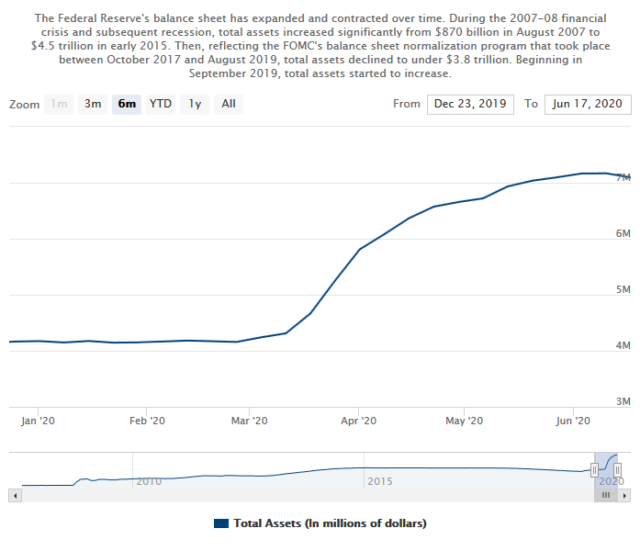Late Night Finance with Sacha, Episode 5
Date: Thursday, June 25
Time: 6:00pm, Pacific Time *** NOTE NEW TIME
Duration: Projected 1 hour.
Where: Zoom (Registration)
Frequently Asked Questions:
Q: What are you doing?
A: I’m going to be giving some quarter-ending commentary, a selection of economic statistics, and then opening it up for very general Q&A on any topic. I’m guessing the commentary will go for about 10-15 minutes and the Q&A will fill up the rest of the time, until one hour is consumed or nobody has any questions.
Q: Why are you doing this?
A: Continuing my experimentation in video broadcasting. Who knows, I might learn something from you as well.
Q: How do I register?
A: Zoom link is here. I’ll need your city/province or state, and if you have any questions in advance just add it to the “Questions and Comments” part of the form. You’ll instantly receive the login to the Zoom channel.
Q: Are you trying to spam me, try to sell me garbage, etc. if I register?
A: I can hardly manage a mailing list without breaking my own website, what makes you think I will spam you? No, if you register for this, I will not harvest your email or send you any solicitations. Also I am not using this to pump and dump any securities to you, although I will certainly offer opinions on what I see.
Q: Why do I have to register? I just want to be anonymous.
A: I’m curious who you are as well.
Q: If I register and don’t show up, will you be mad at me?
A: No.
Q: Will you (Sacha) be on video (i.e. this isn’t just an audio-only stream)?
A: Yes. You’ll get to see me.
Q: Will I need to be on video?
A: I’d prefer it, and you are more than welcome to be in your pajamas. No judgements!
Q: Can I be a silent participant?
A: Yes.
Q: Is there an archive of the video I can watch later if I can’t make it?
A: No.
Q: Will there be a summary of the video?
A: A short summary will get added to the comments of this posting after the video.
Q: Is there a limit to the people that can participate?
A: Zoom limits me to 100. I really hope the number isn’t higher than 10.
Q: Will there be some other video presentation in the future?
A: Yes.

